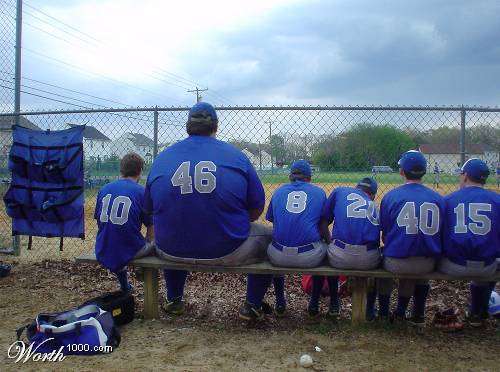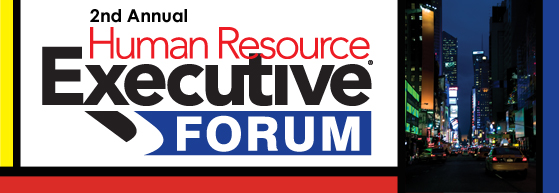Aspirational Cuisine
Last week as I was preparing to leave NYC at the end of the 2nd Annual Human Resource Executive Forum, I took a few minutes to stop at legendary city cupcake bakery Crumbs. The gourmet cupcake trend, while not exactly new, is kind of new to me - this was my first trip to one of these gourmet cupcake bakeries in any city. I bought a four-pack to go in case you were wondering, picture is on the right.
Cupcakes to seem to be everywhere these days, from the recent proliferation of gourmet cupcake bakeries even amongst other, less enticing aspects of city life; to reality TV. Although, based on the sheer enormity and diversity of seemingly mundane occupations getting the reality TV treatment lately, having a reality show of some sort based on your industry or job function really is not all that novel anymore.
So what is the big deal about the cupcake shop you may be wondering? As I was looking at the piece in the Atlantic referenced above, it contained a link back to an older piece in a blog called Edible Geography, about then burgeoning rise of the gourmet cupcake industry, particularly in urban settings. In the post we learn about a study that was conducted by Rutgers University professor Kathe Newman that theorized that the development and growth of cupcake shops could "provide a more accurate and up-to-date guide to the frontiers of urban gentrification than traditional demographic and real estate data sets."
Sort of makes sense - if in a given neighborhood two or three cupcake shops open (or pet boutiques or gastropubs), then one can probably start making some broader conclusions about demographic and economic shifts without having to wait for 'official' sources of data like census information or real estate filings. Just taking a stroll around the block and actually noticing what is going on might be all you need to realize something is changing, whether for worse or better is a matter of judgment I suppose.
Perhaps an obvious point, but one I think often gets lost in our need, especially in our organizations, to assemble all the evidence, to compile all the data, then proceed to draw conclusions and make recommendations fully confident that all the angles were considered and all the bases were covered. We are most comfortable when data is processed through our traditional and expected filters, and packaged neatly for consumption in an easy-to-read set of PowerPoint slides.
Just like walking though a neighborhood and seeing new cupcake shops or artsy coffee houses is an obvious sign that things might be changing; hearing that your top salesperson has resigned to work for a competitor, or that another competitor has just announced record earnings and had their stock upgraded from 'outperform' to 'buy' are sure signals that things might not exactly be all wonderful back at headquarters.
You could, in response to these kinds of developments, commission a committee or conduct a survey to adequately assess this changing landscape. Of course by the time your commission returns with its report and recommendations, four or five more gourmet cupcake shops may have sprung up.
That's the thing about new gourmet cupcake shops and bad pieces of corporate news, they aren't usually isolated incidents. Once the floodgates open...

 Steve
Steve



